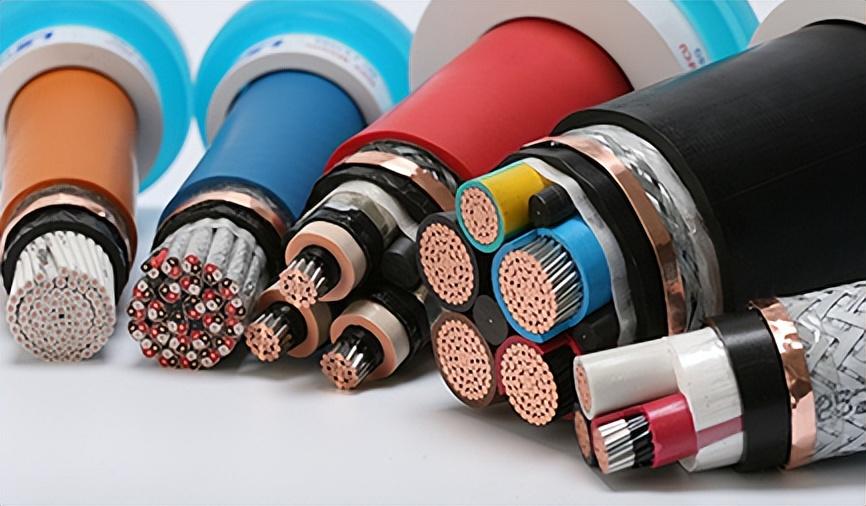According to the voltage level, power cables can be divided into low-voltage power cables and medium voltage power cables. How should we distinguish them?
Generally , low-voltage cables are used to transmit power cables below 1kv, while medium voltage cables are used to transmit power cables between 1kv and 35kv.
From the structural point of the cables, the structure of low-voltage cable can be divided into conductor, filler, insulation layer and outer sheath, while the structure of medium-voltage cable can be divided into conductor, conductor shield, insulation, insulation shield, inner sheath, armor layer and outer sheath.
From the production process, low-voltage cables can be produced with ordinary PVC and cross-linked polyethylene, while most of the MV cables are insulated with cross-linked polyethylene. 6kV to 35kV are produced using three-layer co extrusion and high-density cross-linked polyethylene.
From the thickness of the insulation layer, the thickness of the insulation layer varies for different voltage levels. The thickness of cables below 1kV is 1-3mm, the thickness of 10kV cables is 5-8mm, and the thickness of 35kV cables is about 10mm.
PowerTel&his associated factories have a history of nearly 70 years focusing on the production of wires and cables in the industry. All power cables comply with relevant national and international standards, with guaranteed quality.
